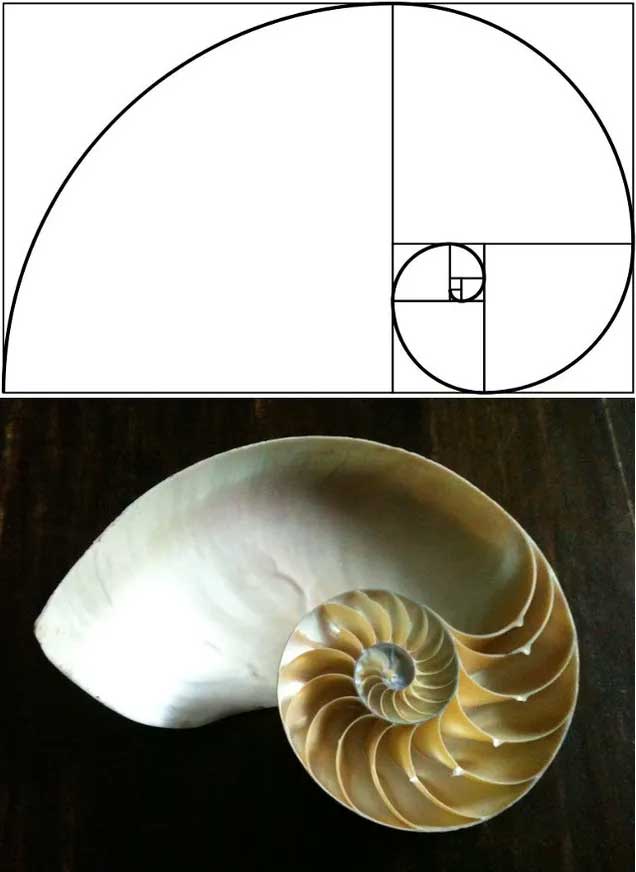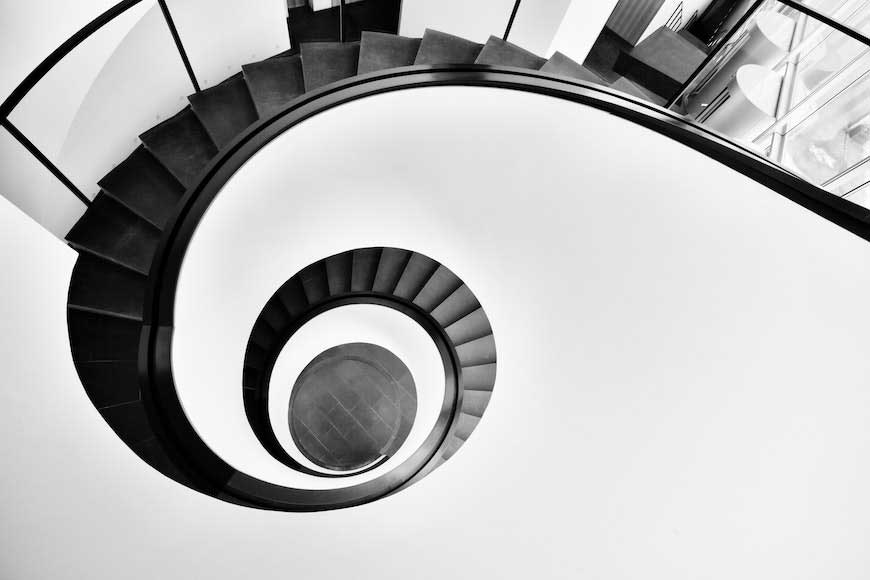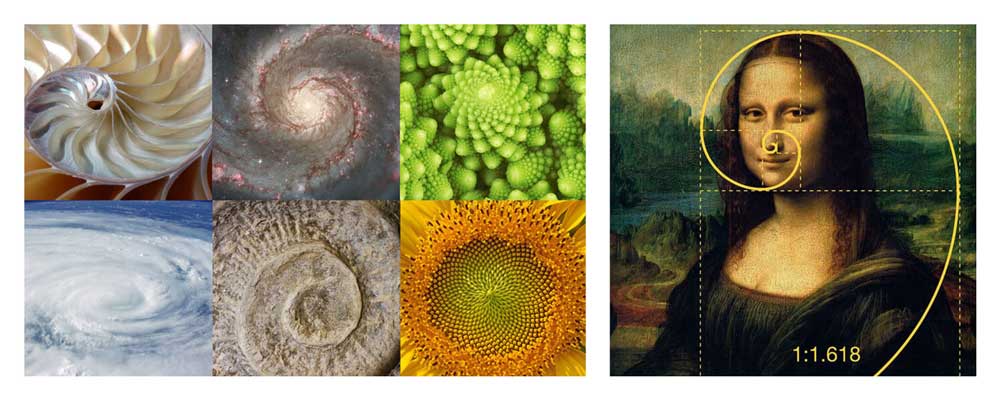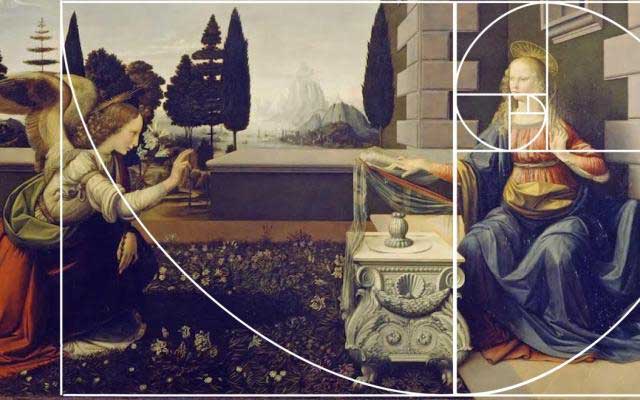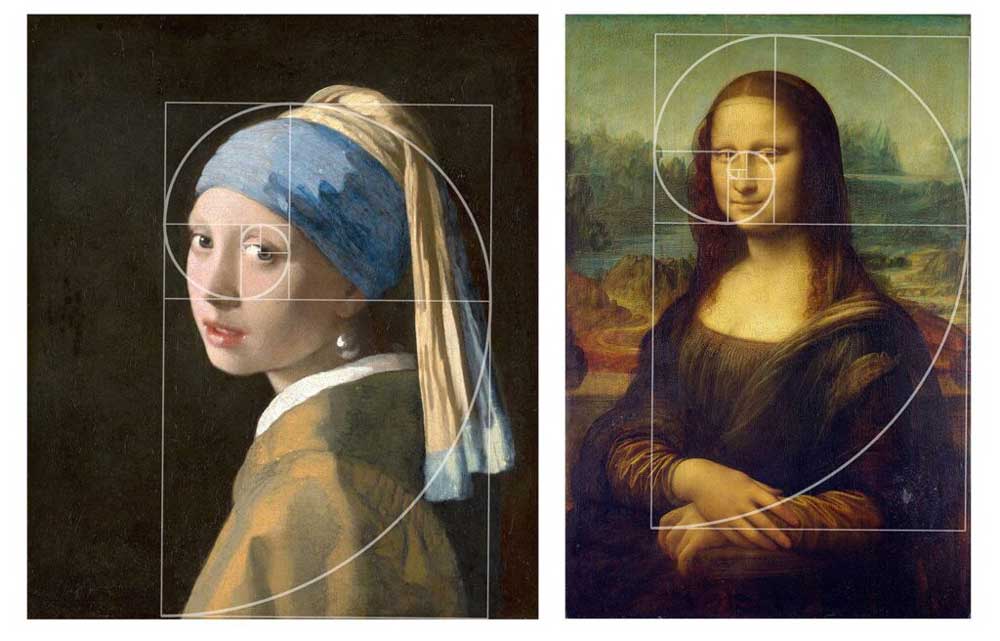The Golden Ratio: A Timeless Tool in Design for Centuries

For centuries, designers, artists, and architects have relied on the golden ratio to create works of aesthetic harmony and balance. This mathematical concept, sometimes referred to as the divine proportion, appears in everything from nature and art to architecture and modern design.
The golden ratio has fascinated creators for centuries due to its ability to create visually pleasing proportions. But what exactly is the golden ratio, and how has it been used to shape the design world? This blog post will explore the history, application, and enduring influence of the golden ratio in design.
What is the Golden Ratio?
The golden ratio, often denoted as φ (phi), is a number that can be derived from a mathematical sequence known as the Fibonacci sequence. This ratio is approximately equal to 1.618 and can be expressed as a simple fraction:
- (a + b) / a = a / b = φ ≈ 1.618
In the context of design, the golden ratio refers to a proportion that is believed to be aesthetically pleasing to the human eye. The ratio involves dividing a line into two sections in such a way that the ratio of the larger section to the smaller section is equal to the ratio of the entire line to the larger section. This creates a harmonious balance between the two sections.
The Golden Ratio in Nature and Art
The golden ratio is not just a human invention; it can be found throughout nature and art, which is why it has been associated with beauty and balance for centuries. Examples of the golden ratio in nature include:
- Spirals in shells: The spiral patterns of many shells, such as the nautilus shell, follow the golden ratio.
- Plant growth patterns: The arrangement of leaves, seeds, and petals often adheres to the golden ratio for optimal growth and symmetry.
- Human anatomy: The proportions of the human body have also been observed to follow the golden ratio in many cases, including the ratio between the length of a person’s arm and the hand.
The golden ratio has also played a central role in art. Renowned artists such as Leonardo da Vinci and Michelangelo consciously used the golden ratio in their compositions, believing that the mathematical proportions created a sense of harmony and balance that resonated with viewers.
The Golden Ratio in Architecture
One of the most famous applications of the golden ratio is in architecture, where it has been used to create proportions that are visually appealing and balanced. Some notable examples include:
- The Parthenon in Greece: The ancient Greek temple is said to have been designed with the golden ratio in mind, with its facade and columns following the ratio’s proportions.
- The Great Pyramid of Giza: It is believed that the pyramid’s dimensions also adhere to the golden ratio, contributing to its perfect symmetry and visual harmony.
- Renaissance Architecture: During the Renaissance period, architects such as Leon Battista Alberti and Michelangelo used the golden ratio to design buildings, palaces, and cathedrals that embodied classical beauty and balance.
In these examples, the golden ratio was used to create visually harmonious structures that have stood the test of time, influencing the design of buildings up to the present day.
The Golden Ratio in Modern Design
The golden ratio continues to be a significant tool in modern design, where it is applied to a wide range of fields, from graphic design to industrial design. The reason for its continued use is its ability to create balance, proportion, and harmony in visual compositions.
In modern design, the golden ratio can be seen in:
- Logos: Many iconic logos are designed using the golden ratio, with proportions carefully calculated to ensure the logo’s visual balance. For example, the Apple and Twitter logos are said to follow the golden ratio to create aesthetically pleasing, proportional shapes.
- Web Design: The golden ratio is often applied to the layout of websites, where it helps designers create layouts that feel balanced and visually appealing. The spacing between elements and grid structure on a website can be based on the golden ratio to guide the viewer’s eye and create a sense of harmony.
- Product Design: Industrial designers often apply the golden ratio to the design of products, from cars to consumer electronics, ensuring that proportions and forms are harmonious and visually attractive.
In modern design, the golden ratio serves as a visual guide that balances functionality with aesthetics, ensuring designs are both practical and pleasing to the eye.
How the Golden Ratio Influences Graphic Design
In graphic design, the golden ratio is a fundamental tool for creating balance, proportions, and hierarchy within visual layouts. Some ways graphic designers apply the golden ratio include:
- Typography: The golden ratio can be used to determine type size and line length, ensuring that text is legible and has a natural flow.
- Layout: The golden ratio helps designers create layouts where elements are arranged in a way that guides the viewer’s eye through the design, creating a sense of order and balance.
- Image Composition: In photography and digital design, the golden ratio is often used as a guide for framing images, ensuring that focal points are positioned in a way that feels natural and harmonious to the viewer.
By applying the golden ratio, graphic designers can ensure that their work feels balanced and visually pleasing, regardless of the medium.
Criticism and Misconceptions of the Golden Ratio
While the golden ratio is widely praised for its ability to create visually pleasing designs, it has also been the subject of criticism and misconceptions. Some critics argue that the golden ratio is overemphasized and that design success is more about creativity and context rather than relying on rigid mathematical principles.
Additionally, some designers mistakenly attribute the golden ratio to works that were not designed with it in mind. For example, although the Parthenon is often cited as an example of the golden ratio in architecture, there is little concrete evidence to support this claim.
Despite these debates, the golden ratio continues to be a valuable tool for designers, especially when combined with other principles of good design.
Conclusion: Why the Golden Ratio Continues to Endure
The golden ratio has been used in design for centuries, influencing art, architecture, and graphic design. Its ability to create balance, proportion, and harmony has made it a timeless tool in the design world. Whether applied in ancient temples, Renaissance art, or modern branding, the golden ratio has stood the test of time, serving as a foundation for creating visually appealing, functional designs.
As long as humans continue to appreciate beauty and balance, the golden ratio will likely remain an essential part of the design world, guiding the creation of works that are both aesthetically pleasing and harmonious.
References
- Livio, M. (2002) The Golden Ratio: The Story of Phi, the World’s Most Astonishing Number. New York: Broadway Books.
- Johnson, L. (2006) Mathematics and Art: Mathematical Visualization in Art and Geometry. Princeton: Princeton University Press.
- Spencer, J. (2011) The Golden Ratio in Modern Design: A Visual Guide. London: Design Press.
- Hennessey, R. (2014) The Role of the Golden Ratio in Design and Architecture. New York: Phaidon Press.

Introduction Dieter Rams is widely regarded as one of the most influential industrial designers of the 20th century. His work…

Introduction When you think of iconic furniture design, the names Charles and Ray Eames are likely to come up. This…


